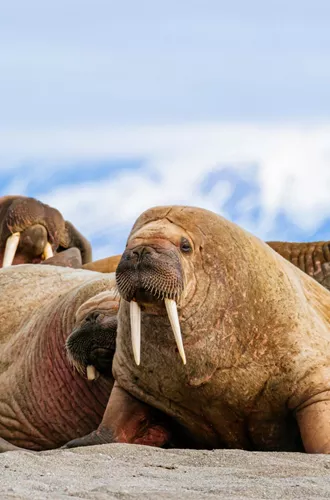Visas
The Travel Corporation has partnered with the company Sherpa to provide travellers with the latest government and health restrictions. Simply enter the country you want to travel to for information on safety regulations, border closures, quarantine requirements, your travel visa and more using the Sherpa travel tool: Visa Advice
Norway is part of the Schengen area. Get an entry stamp in your passport from border control when you first enter the Schengen area. Travellers with Australian and New Zealand passports do not need a visa if staying in Norway for 90 days or less.
The Norwegian territory of Svalbard isn't part of the Schengen area. You’ll need your passport to enter the Svalbard archipelago. Svalbard is visa-free for all nationalities, but you may need a Schengen visa to transit through mainland Norway.
The new European Entry/Exit System (EES) for all non-EU nationals, including Australian and New Zealand passport holders, travelling in or out of the Schengen Area is expected to start in October 2025.
The EES is a digital border system that registers non-EU visitors travelling into the Schengen Area. When entering the Schengen Area, you'll need to have your fingerprints and photo taken. This creates a digital record that registers your biometric details.
You'll need to do this on your first visit to the EU after the EES is introduced. If you visit the Schengen Area again within three years of creating your digital record, you'll only need to provide either your fingerprint or photograph at the border on entry and exit. This process should only take a few minutes per person; however, you may experience longer queues at borders when the new system starts.
Official Travel advice visit:
Norway Travel Advice & Safety | Smartraveller (Australia)
Norway | SafeTravel NZ (New Zealand)















